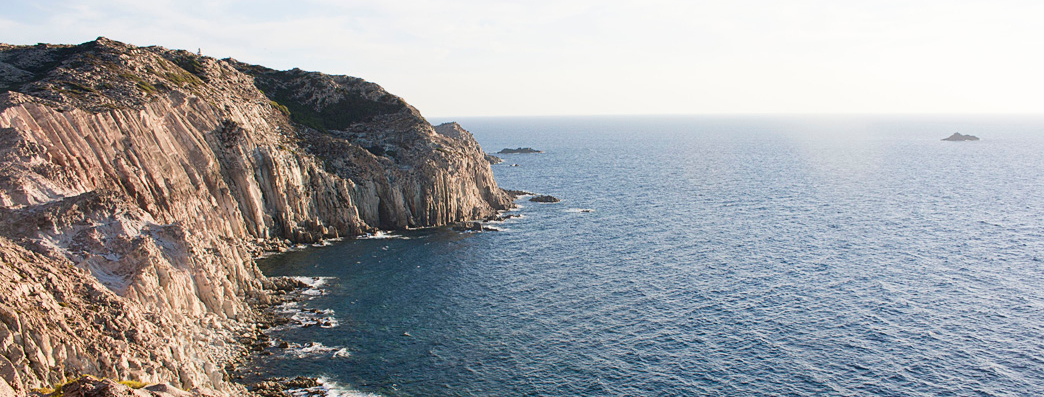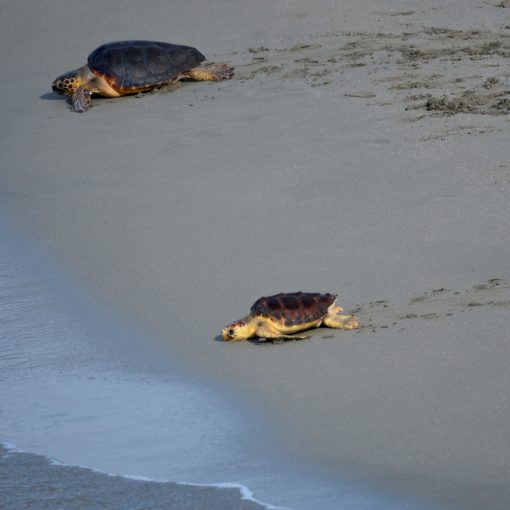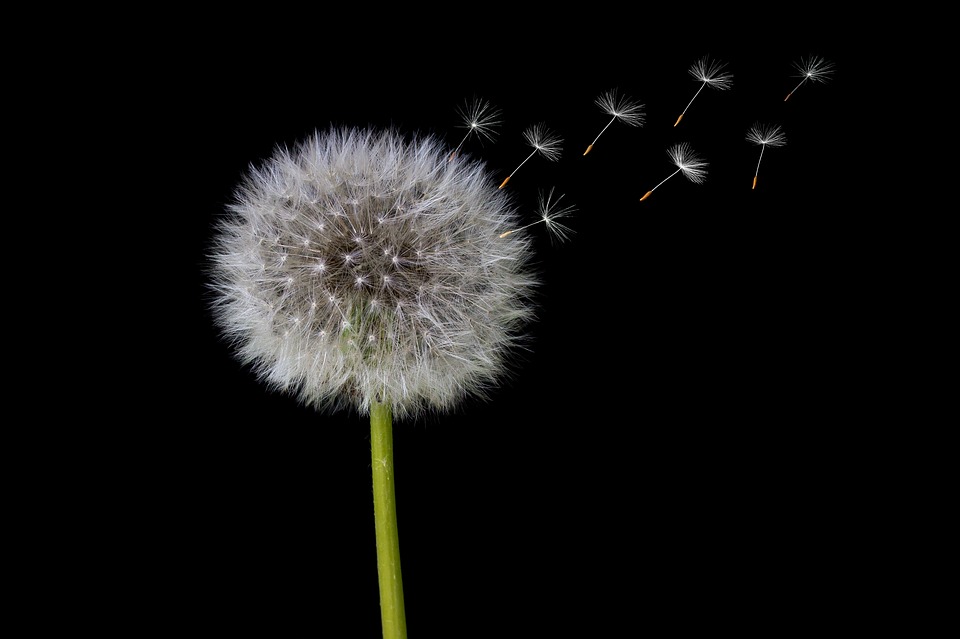
Apples don’t fall far from the tree, they say. This is true. But this is only true apparently. Of course, Newton got an apple on his head precisely because the apple fell at the foot of the tree under which he was meditating. Those juicy fruits, which suggested the law of universal gravitation to the young Isaac, represent a “taxi” for the apple tree to colonize distant places. They are sweet snacks for mammals, birds, and reptiles which, in exchange, bring the seeds that they have eaten together with the pulp to places unknown to the tree and which they then disseminate with their excrement even at a very great distance from the mother plant (endozoochorous dissemination).
All the wild fruits that we have “domesticated” to better adapt them to our tastes were originally “designed” by mother nature to increase the possibility of survival of the offspring: each plant must move the seeds it produces away from itself, in case they fall a short distance, to prevent them from competing with itself for water, light, nutrients, and space. In this sense, the rounded shape of most fruits also favors rolling on inclined terrain and, therefore, moving away from the mother plant.
This type of dispersion is called autochore and represents just one of the ingenious stratagems to facilitate the removal of the fruits, and therefore the seeds, from the plant.
Before looking more closely at the different types of strategies that plants use to expand their distribution range, we must also reflect on the functions of two types of reproduction: asexual and sexual.
A clear example of asexual reproduction is the one described by Beatrice Lupi regarding strawberries in The strategy of the Strawberry (earthgardeners.it) This strategy serves to rapidly multiply and colonize the soil around the plant, competing with other species to occupy the available space through progressive densification. However, it is not suitable when changes in the environmental conditions require variability that gives the species a greater possibility of adaptation, given that what appear to us to be different seedlings are in reality “pieces” of the same plant. It should also be underlined that this strategy mainly concerns herbaceous and shrubby species.
In the case of sexual reproduction, the one obtained with the dissemination of “vehicles” containing seeds, being the result of pollination, therefore of “genetic mixing”, expresses different individuals.
The importance of making the seeds reach as far as possible, which will give life to different individuals and help the species to a greater possibility of diffusion, is evident.
Now let’s discuss the different “tricks” plants implement to colonize the world again.
Some of them, such as the burdock, the carrot, and many others, use the animals that pass in the immediate vicinity: they develop a series of hooks, spines, or teeth to cling to the fur of mammals or the feathers of a bird and thus travel several kilometers. Many have even had the opportunity to colonize new continents through bird migrations. (Zoochoral dissemination).
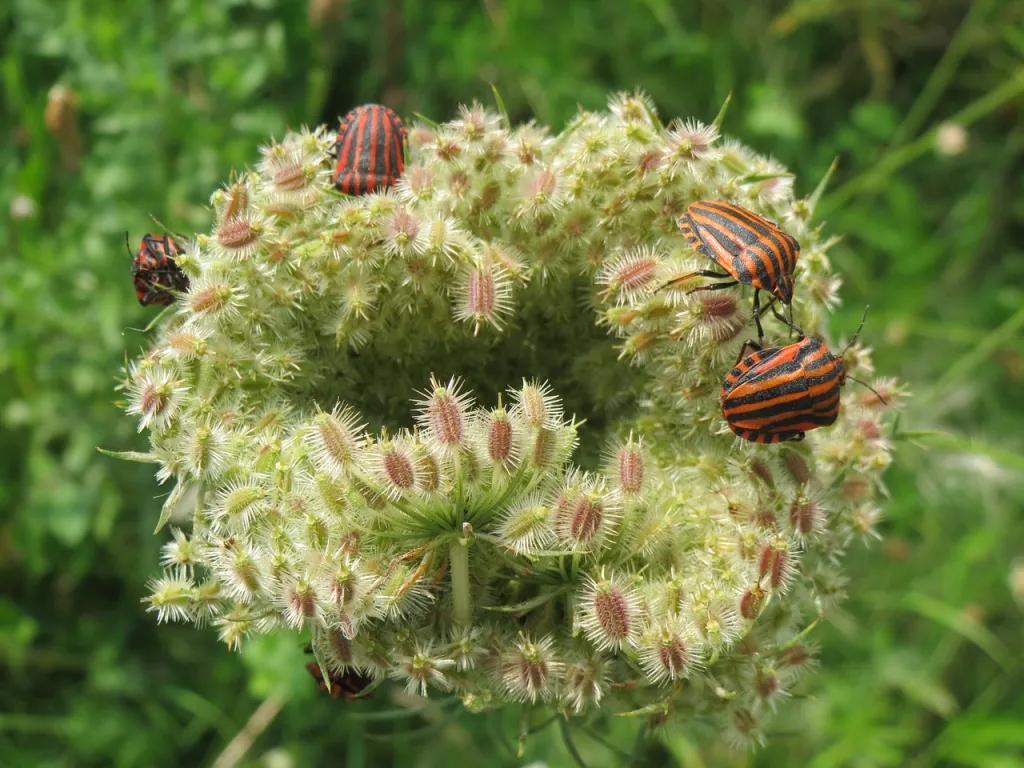
The Red-black bugs (Graphosoma italicum) which love all umbellifers, have a particularly evident colour, which indicates their unpleasant taste (aposematism) to a possible predator.
Then there are more specialized plants that use particular animals in their dispersal strategy: they make their seeds attractive to ants by providing them with special appendages called elaiosomes which contain sugary nutrients. Myrmecochory is a strategy common to several species including the Trinity Grass or Liverwort (Hepatica nobilis), the Marsh Witch (Stachys palustris), the Snowdrop, the Violets, the female Camedrio (Teucrium fruticans) and is not the It’s a unique type of collaboration between plants and ants.

The type of dispersal that uses the wind (anemochore) is probably the oldest from an evolutionary point of view, and uses “wings and sails”. They are the typical fruits of maples, ash trees, and elms: the samaras, indehiscent dried fruits, which do not open when ripe, with one or two wings (in this case unsamare).
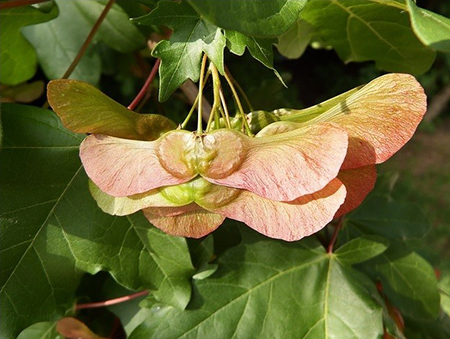
Even those seeds or with tufts of hairs variously arranged as in the case of Oleander, Clematis or Dandelion rely on the wind as well.
In the case of Oleander (Nerium oleander) the seeds are contained in a sort of spindle which, when dried, opens and allows the wind to carry the seeds away. The situation of the Dandelion is different, as it prefers to entrust to the wind the seeds which detach directly from the flower head and are carried away by the delicate pappus.
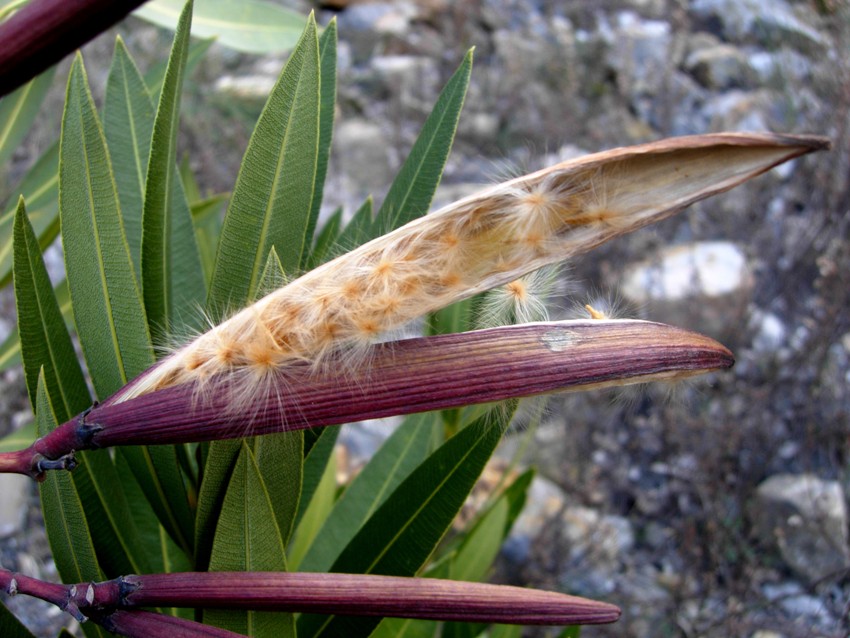
Among the species that use the wind to propagate, most of those belonging to the Salsola genus have adopted a decidedly original system.
Remember those bushes that rolled across the arid plains crossed by the mounted gunslinger in Western movies? They were not a gimmick by the directors to animate the scenes, but a genus of herbaceous and shrubby plants of the Amarantaceae family that typically grows on flat, often dry, and sometimes even saline soils, spread practically across the entire planet.
These plants are known above all for a peculiarity shared by some other species, in particular Salsola tragus: in autumn the bush of some annual species detaches itself from the roots and forms a vegetal “ball” which, pushed by the wind, rolls away, covering even large distances in the flat territories where these plants usually grow, thus allowing the dispersion of the seeds. This curious plant formation, called Rotolacampo (tumbleweed in English), is so widespread that it has become, in the collective imagination, almost a symbol of the Central and North American deserts in which it is a constant presence in the landscape on windy autumn days.

A typical strategy of geraniums (Geranium sp.) which is not otherwise particularly widespread in the Italian flora, exploits the presence of contractile tissues in the fruit which, when ripe, launches its seeds at a distance of a few meters as if a slingshot pulled them.
This dissemination system is evident and easy to observe in the Ecballium fruit (Ecballium elaterium). Inside its fruit (a green fleshy peponid covered with a whitish “fuzz”) dozens of brown seeds float in a mucilaginous substance. This substance is subject to a strong internal hydraulic pressure, which in the period of maximum maturation is higher than that found inside a tyre. As soon as you touch it, the fruit of the donkey watermelon explodes, releasing the liquid and throwing out the seeds which spread up to 12 meters away at a speed of up to 10 meters per second! (Bolocora dispersion). It is not uncommon for the explosion of an Ecballium fruit to be followed by the explosion of the same adjacent specimen, starting a chain reaction with a great visual impact.
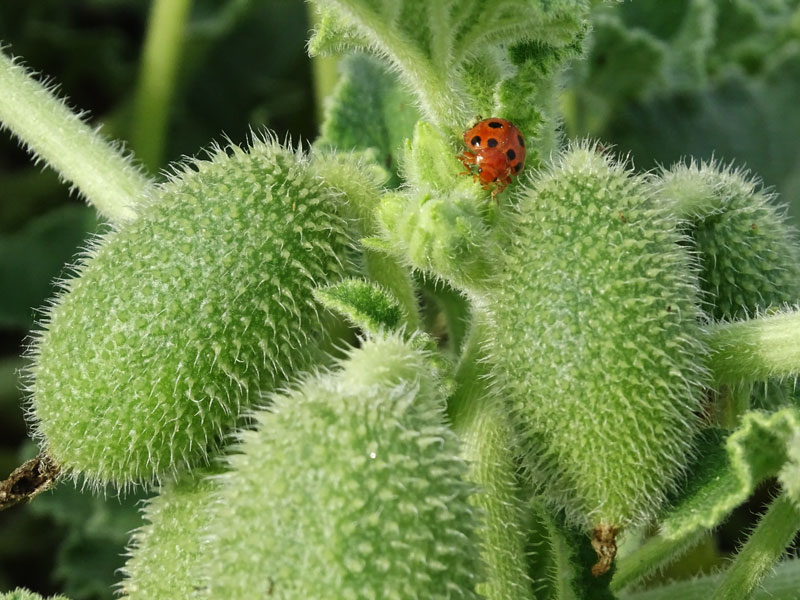
Water can also help seeds travel around the world (hydrochorous dispersal). Exploiting water as a means of transport is typical not only of aquatic plants and trees that grow close to water basins, but also of those species whose fruits can be pushed by currents for long distances and, having reached a certain level of water absorption, they beach and take root.
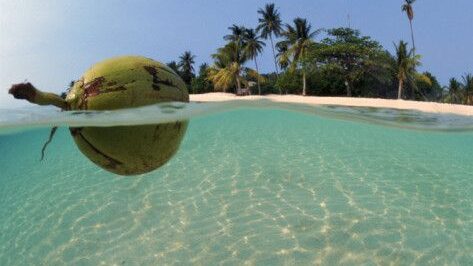
As with all natural things, the classification is not rigid and, some seeds/fruits can use different systems. For example, cherries can either roll down a slope or be eaten and then scattered by blackbirds and thrushes.
Wandering around the countryside, parks, and sheep tracks it can be fun to look at the grasses, bushes, and trees you encounter to try to understand what their preferred system for dispersing their seeds is like.
Credits
Author: Anna Lacci is a scientific popularizer and expert in environmental education and sustainability and in territory teaching. She is the author of documentaries and naturalistic books, notebooks and interdisciplinary teaching aids, and multimedia information materials.
Translation by Maria Antonietta Sessa


